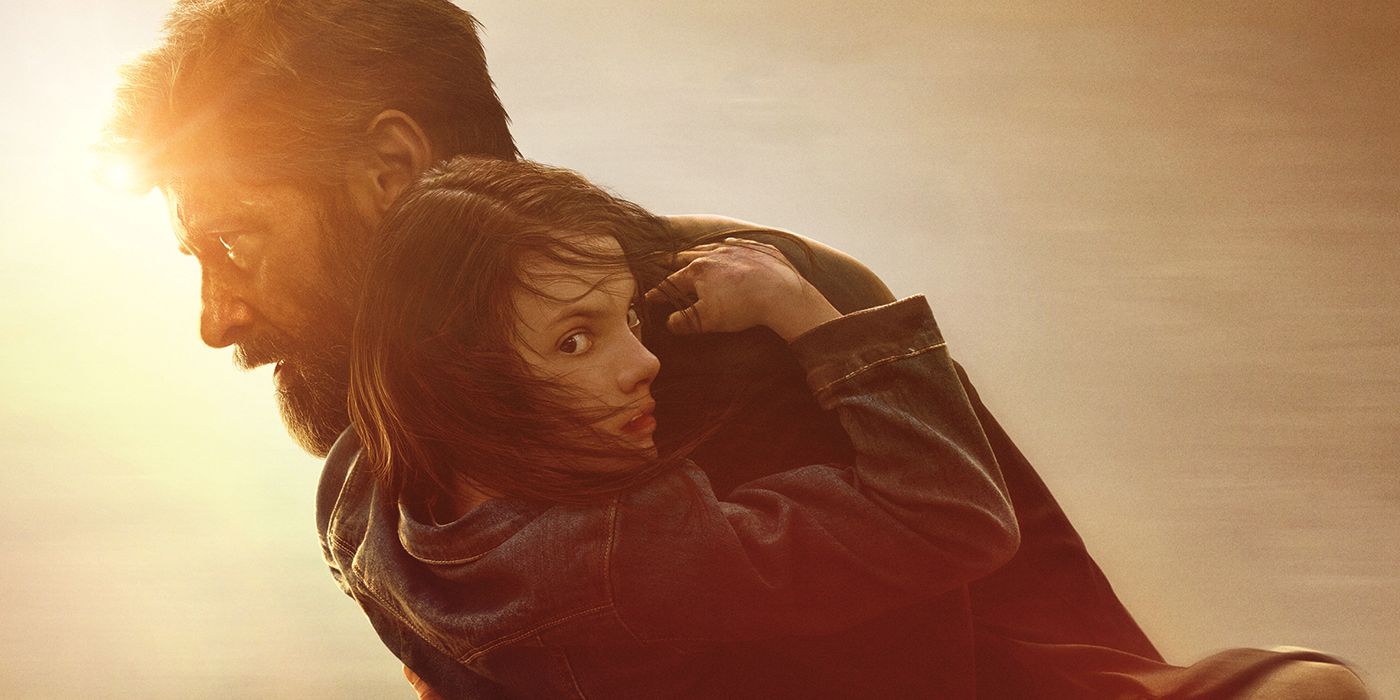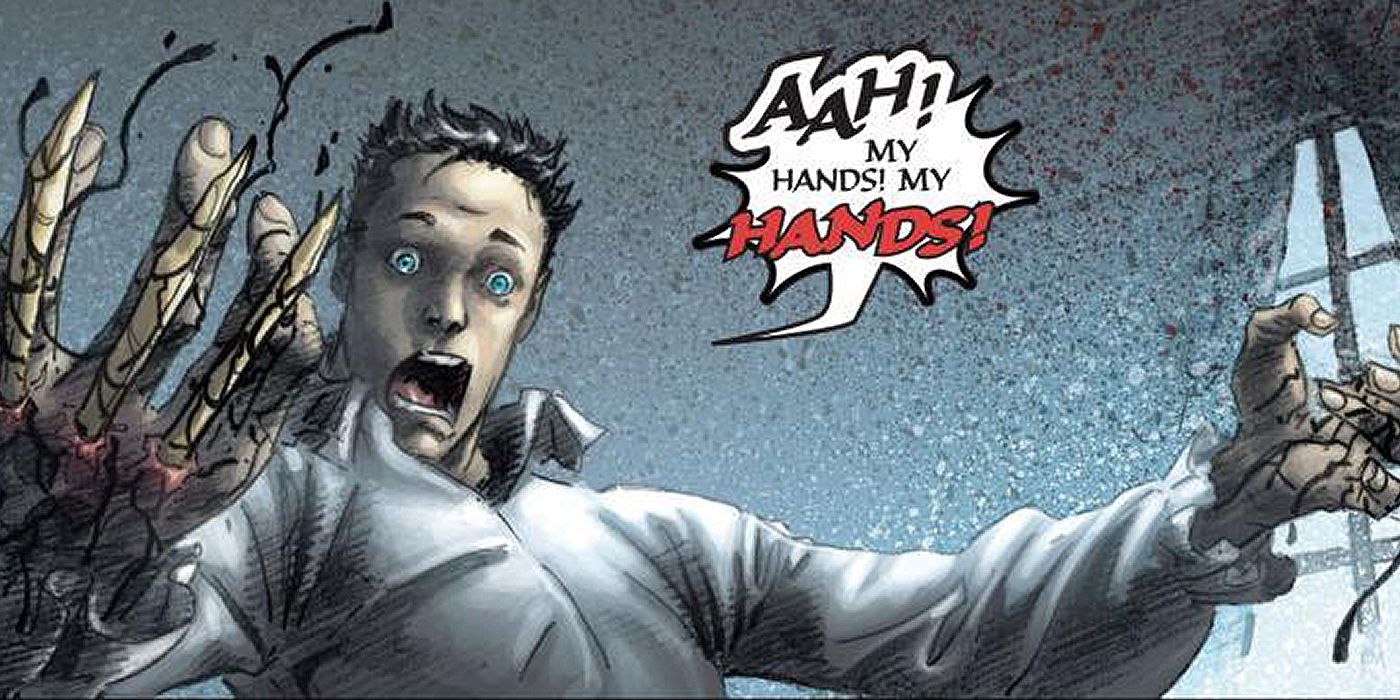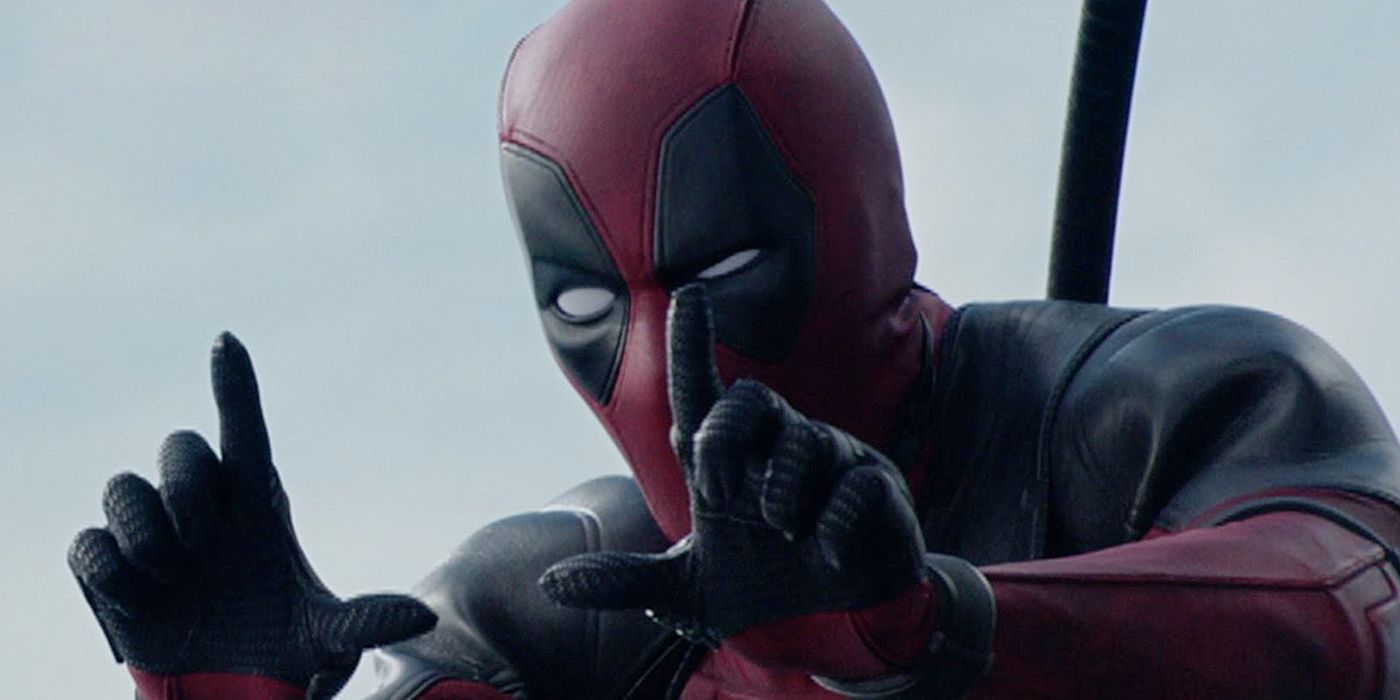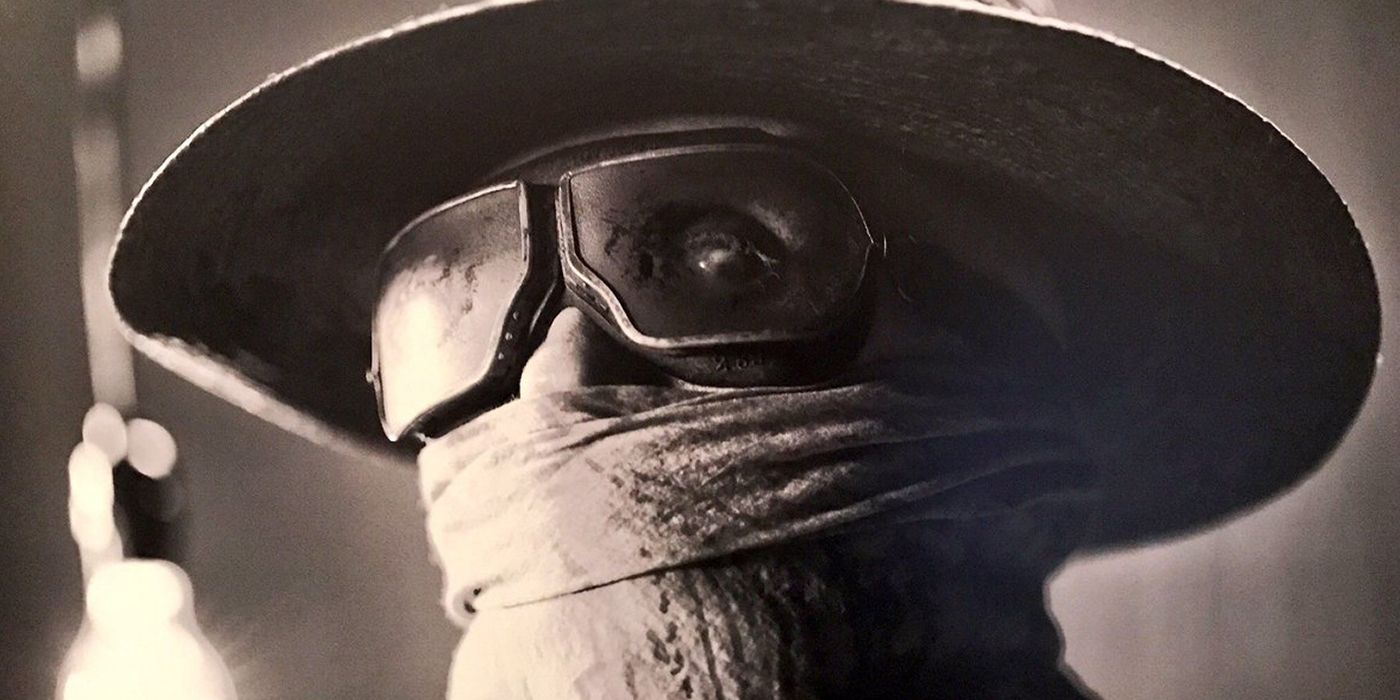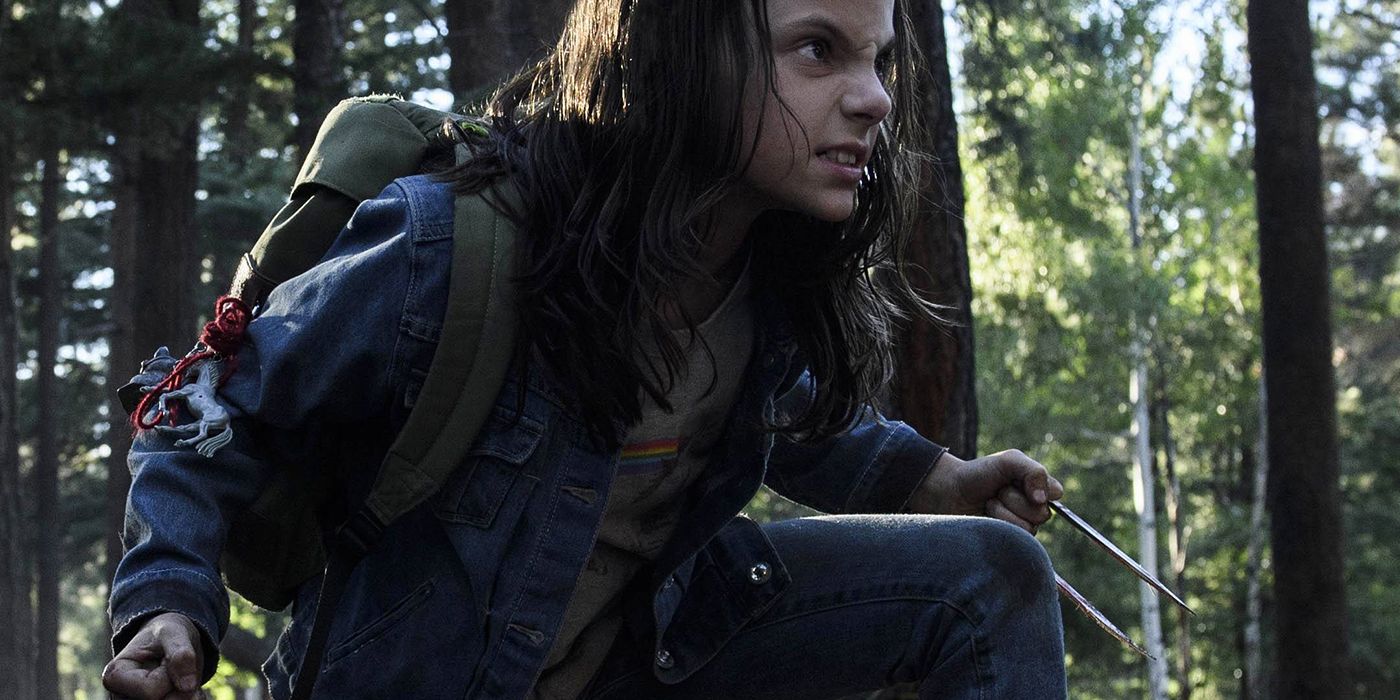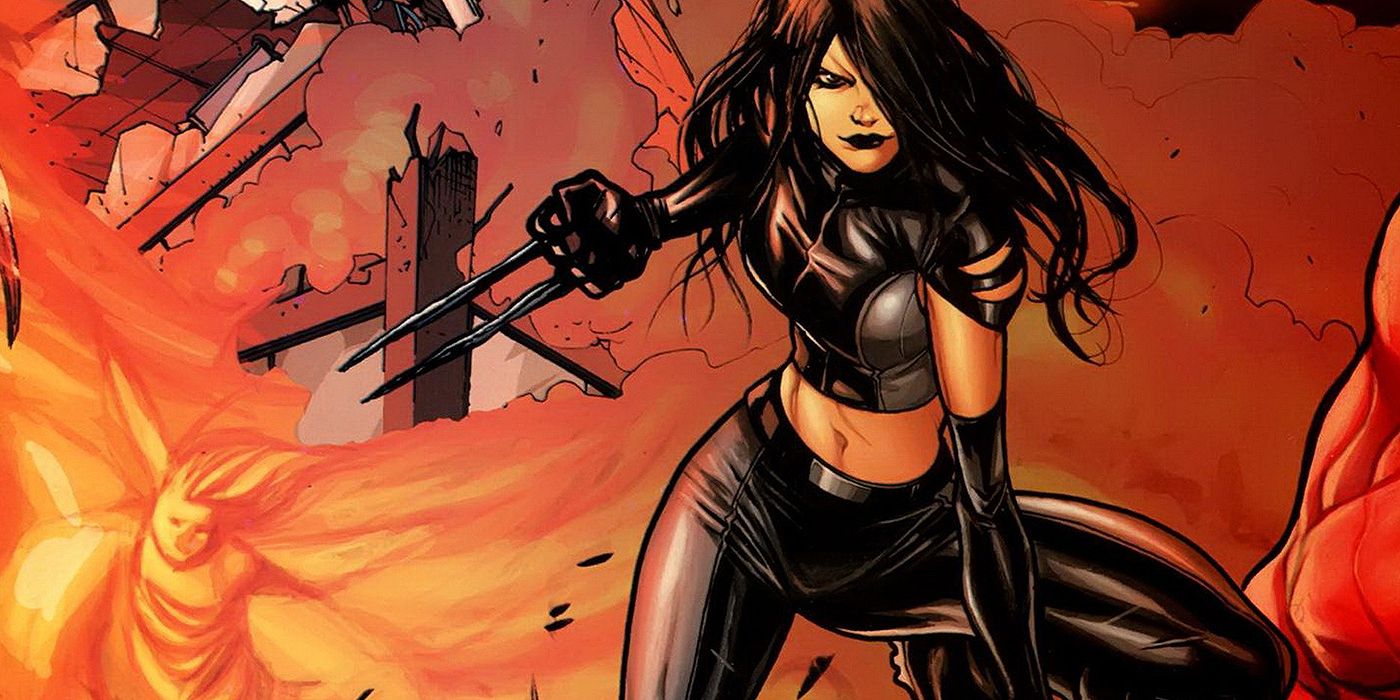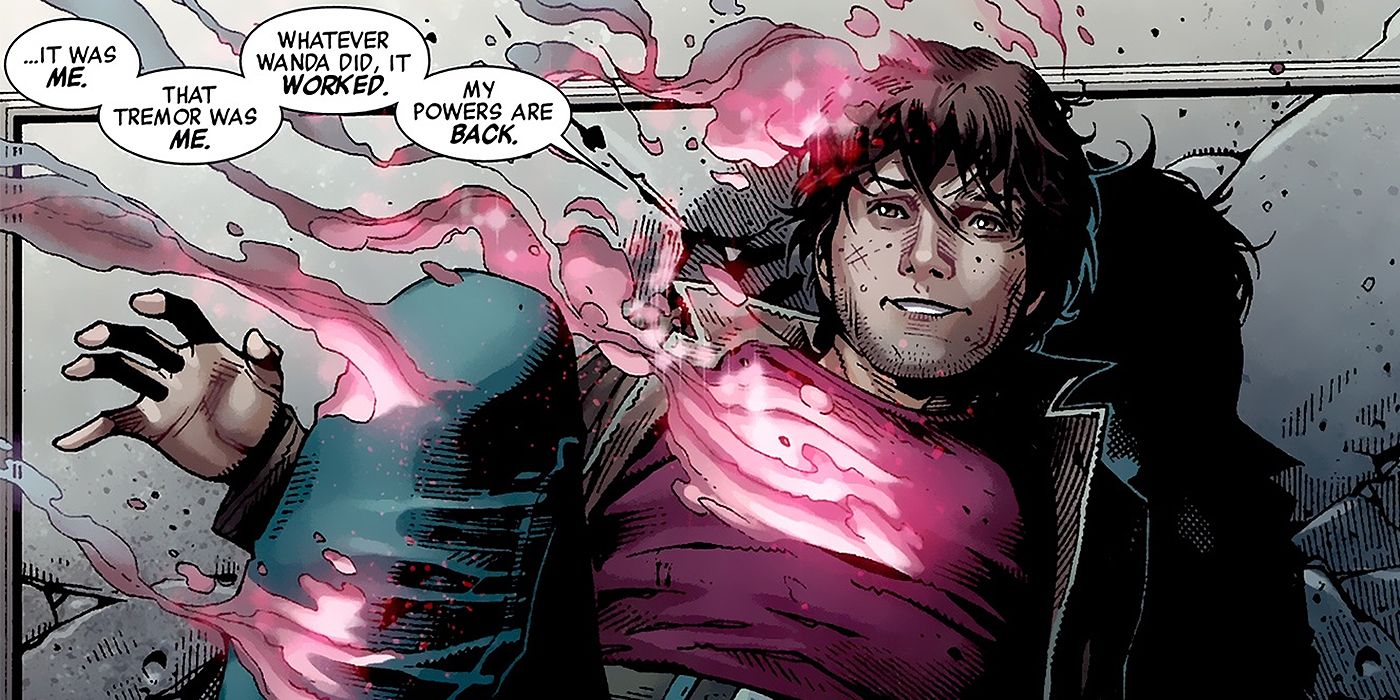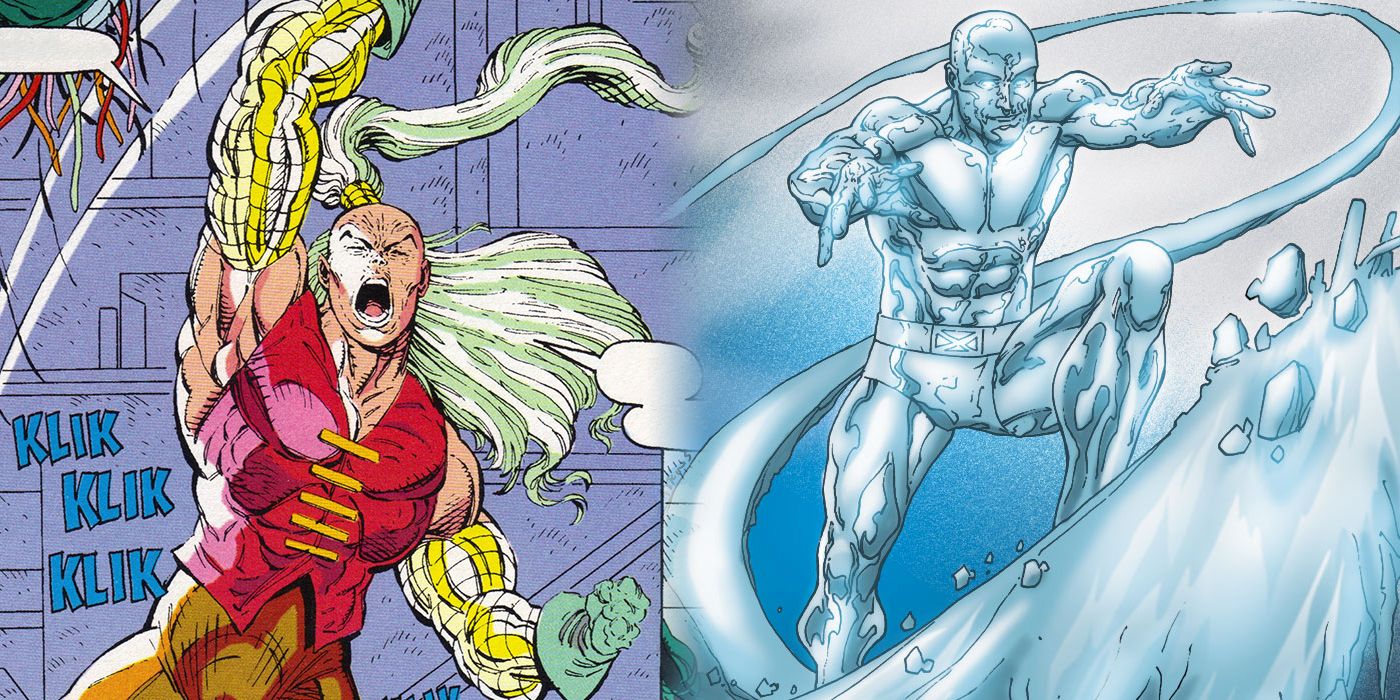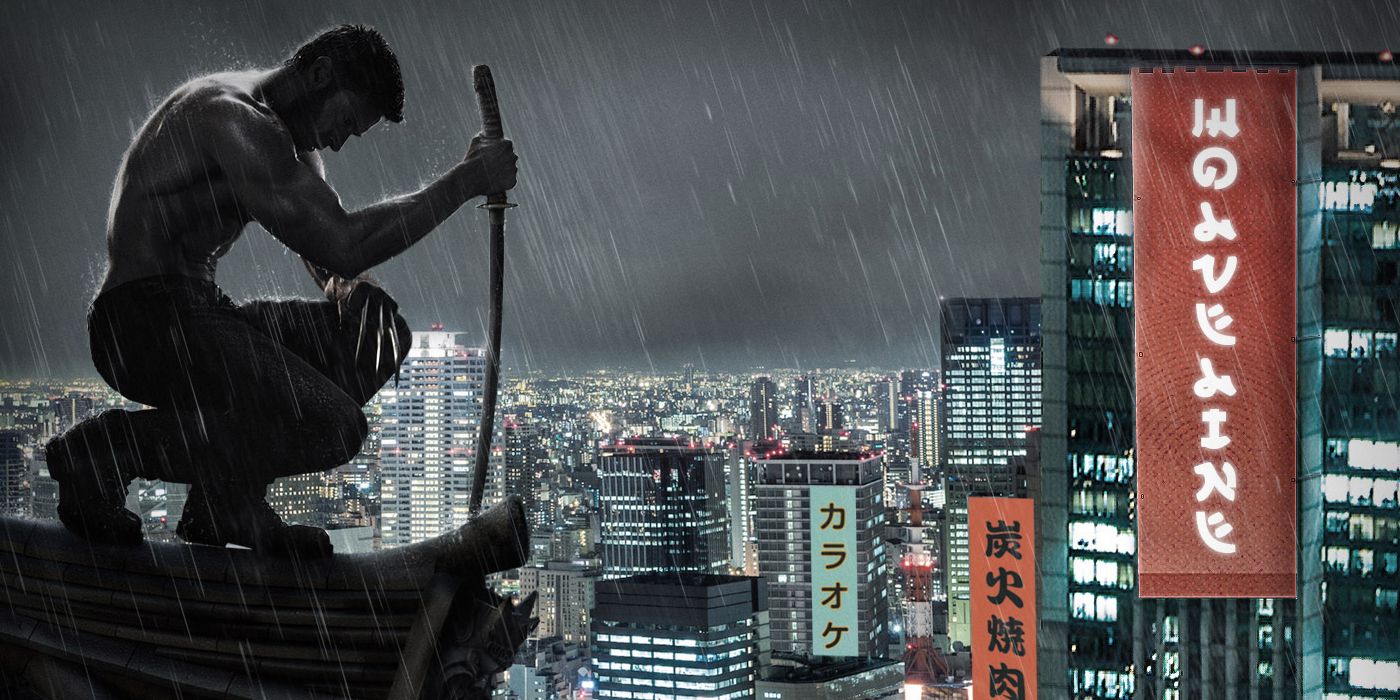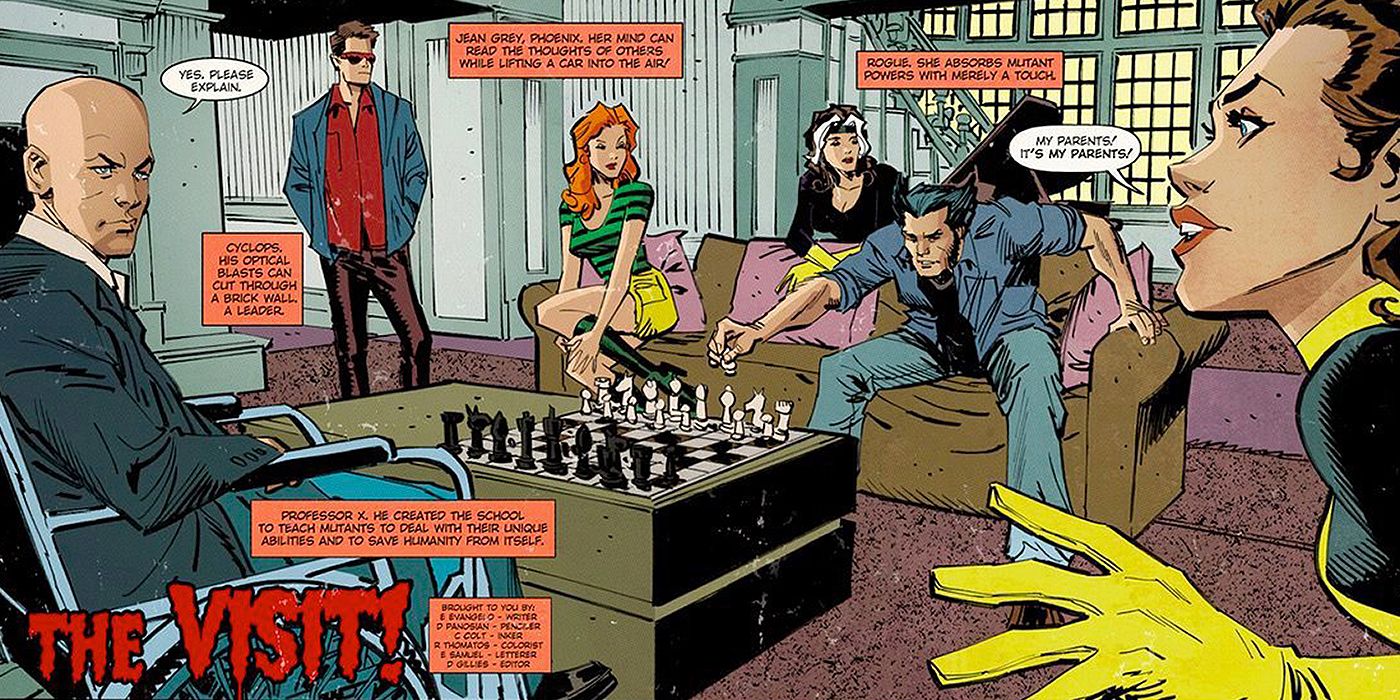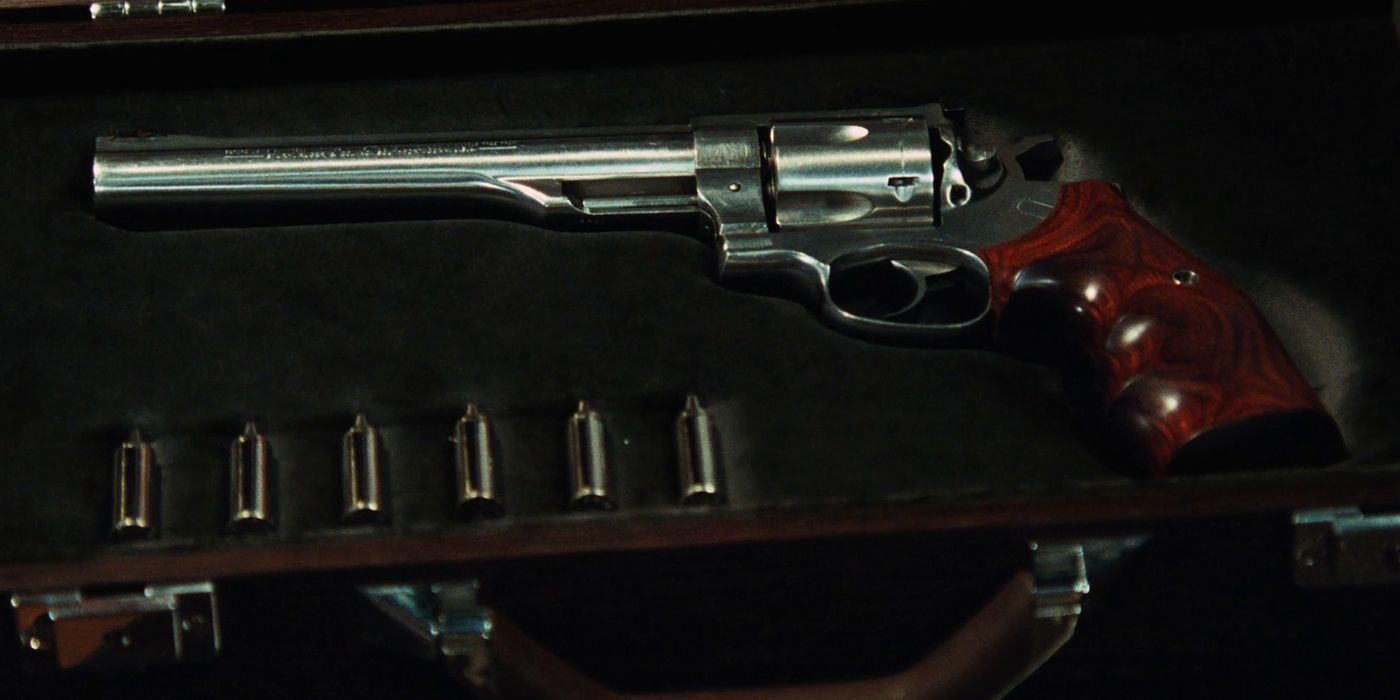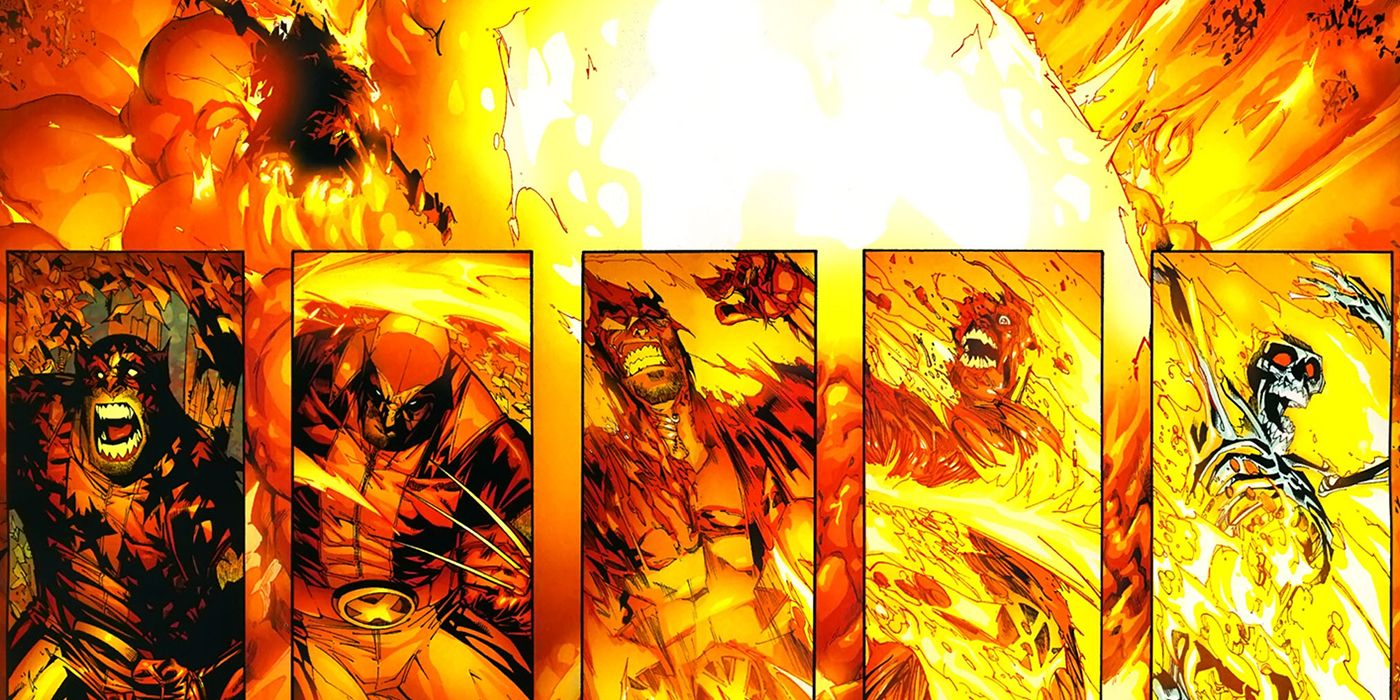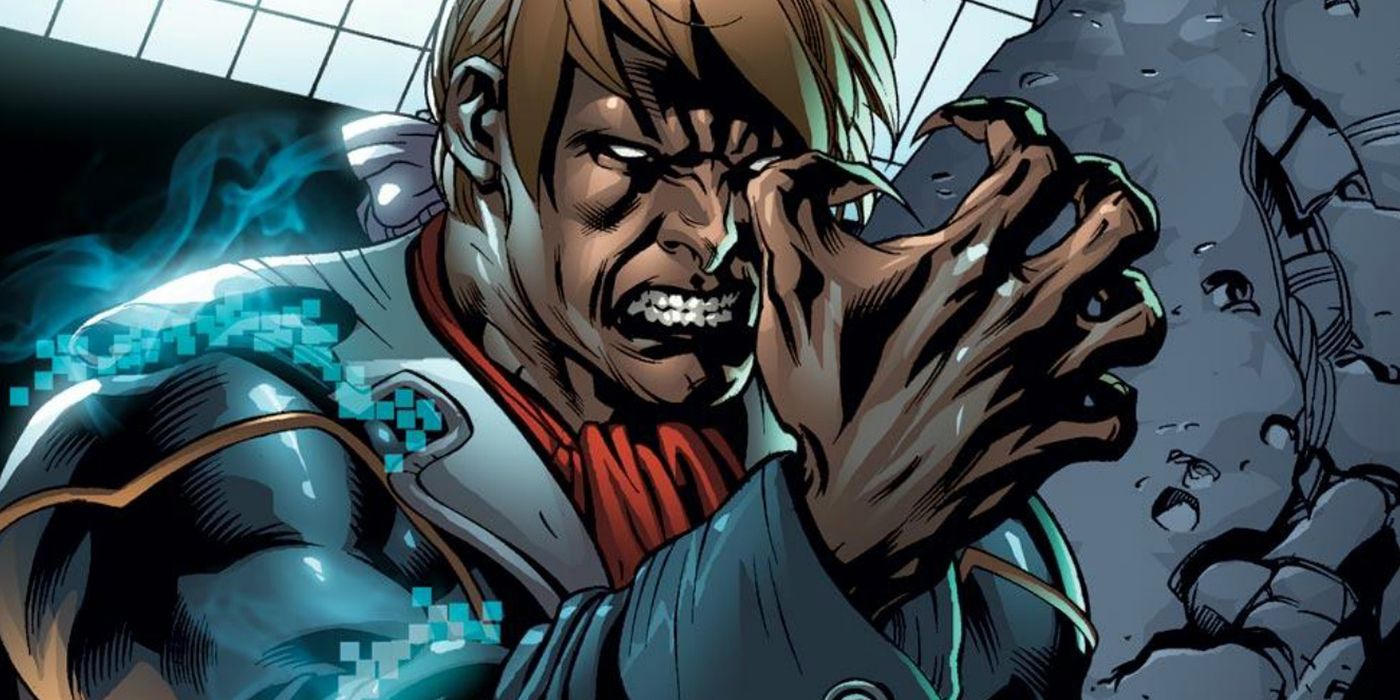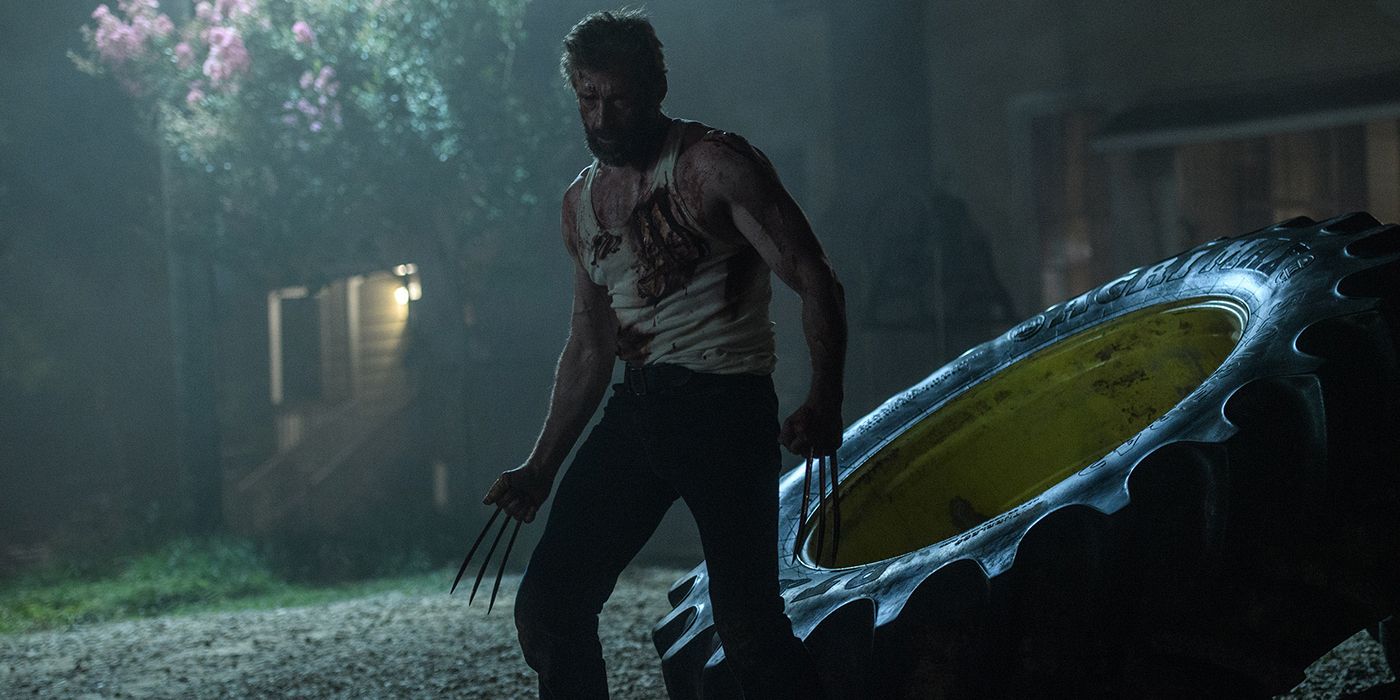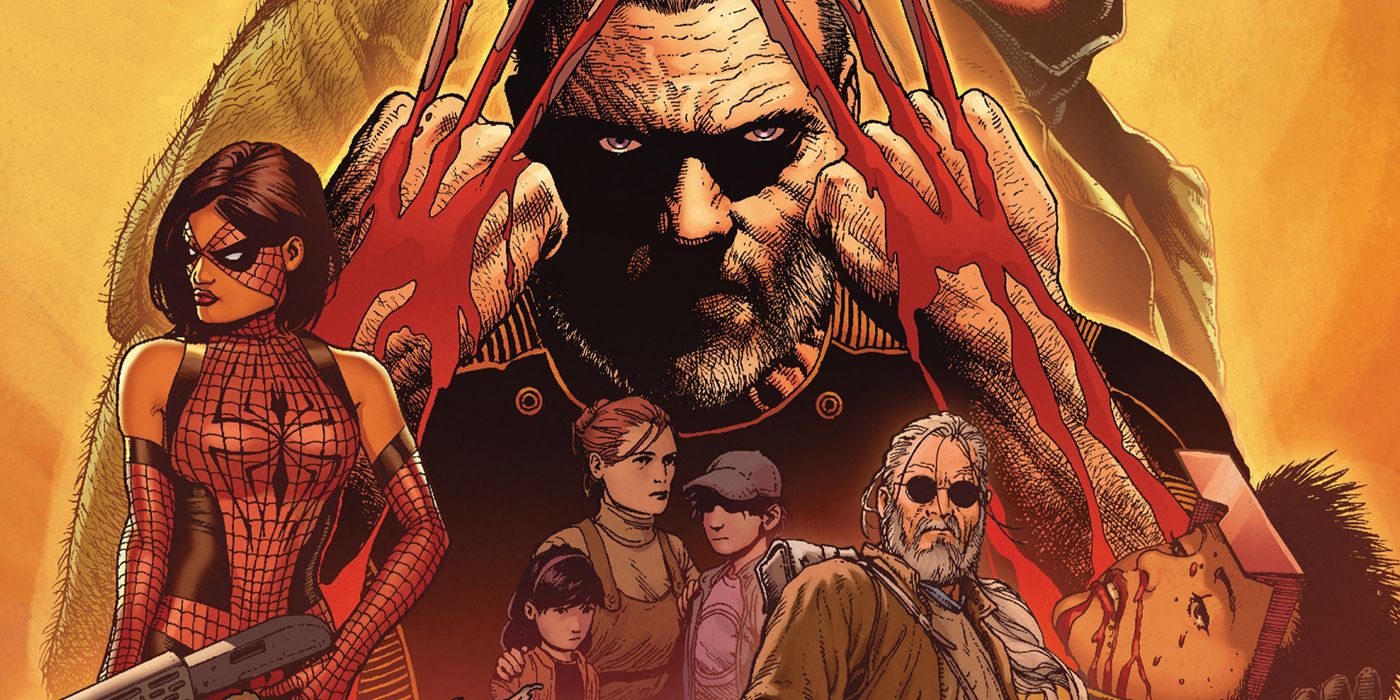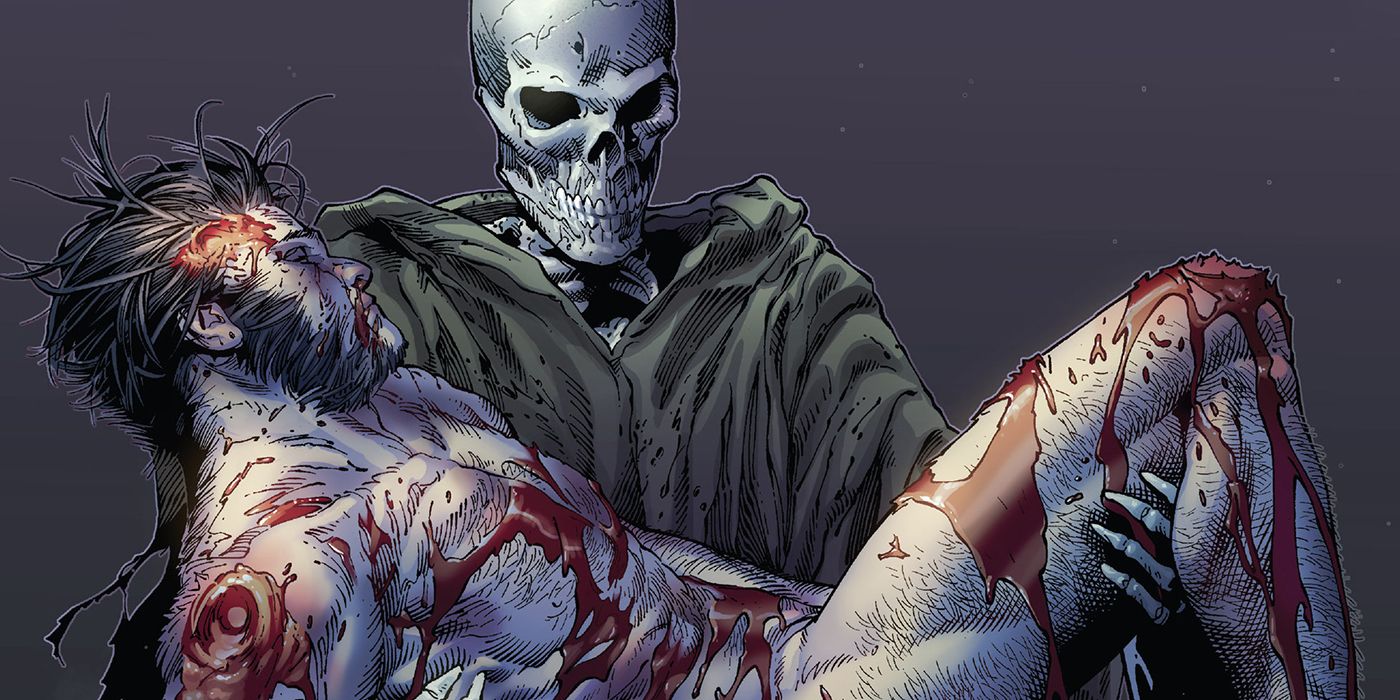One of the reasons behind Logan’s success is that, unlike many of its contemporaries, it doesn’t necessarily feel like a comic book movie. Its roots are still firmly planted in the realm of Marvel’s ongoing stories, but Logan also managed to shed many of the tropes and cliches that have come to dominate Hollywood adaptations over the past decade or so.
Granted, Logan is still based off of arguably the most popular comic book character in modern history. Wolverine is and will continue to be a pop culture icon, and was an establishment of comic book culture long before Hugh Jackman stepped into the leather jumpsuit. As such, Logan is packed with tiny homages and references to both its source material and Wolverine’s history as a whole - and, for any longtime fan, they’re a great nod to the character’s long history.
This list is for the fans who have been fans of Wolverine and the X-Men since before the first movie dropped - here are fifteen moments from Logan that only the hardcore comic book fans will understand:
15. James Howlett is Logan’s actual name
Alright, so this isn’t the biggest Easter egg in history, but there’s a chance that people were confused by the different names featured throughout Logan, so...let’s just start small, shall we?
Obviously, Wolverine typically goes by Logan - hence the title of the film. However, during the movie’s opening scenes in which Logan has taken on work as a limo driver, Wolverine goes by the name 'James'. For those who don’t know the character’s backstory - or managed to avoid X-Men Origins: Wolverine - it’s a bizarre discrepancy. Who the heck is James?
Well, James is Logan - or, James is actually Logan’s real name. Wolverine was born as James Howlett, and only took the name Logan after his mutant powers manifested for the first time. The name ‘Logan’ comes from Wolverine’s father, Thomas Logan, who also happened to be the first person that Wolverine ever used his claws on.
The appearance of Wolverine's real name in the film is nothing more than a small reference, but much like the rest of this list, it’s a fun little nod to the character’s long history.
14. Deadpool was never going to appear
After seeing how good the first Deadpool film was, and how Ryan Reynolds and Hugh Jackman seemed open to the idea, fans around the world started hoping for some sort of big-screen crossover between Wolverine and Deadpool.
Let’s be real: as sad as it is to say, Deadpool was never going to make a cameo in Logan.
Ignoring the fact that such a wacky character would stick out like a sore thumb in a grounded film like Logan, there are plenty of other reasons why the Merc with a Mouth had no place teaming up with Wolverine. Namely, there’s the fact that Wade Wilson never makes an appearance during Old Man Logan, the storyline that influenced much of Logan’s tone and world. Despite the fact that Old Man Logan is chock-full of different references to characters from throughout the entire Marvel Universe, Deadpool is never mentioned once during the entire series’ run.
Basically, Deadpool would have no narrative reason to be in the movie, and any cameo would feel out-of-place in such a serious flick. At least the Deadpool 2 teaser was great, right?
13. Caliban is ripped straight from the comics
One of the best parts of Logan is Caliban, the mutant who keeps watch over Charles Xavier while Logan is out raising money. Stephen Merchant did a fantastic job of bringing the character to life, and his performance helps lend the film a bit of comic relief without ever feeling forced. Caliban is a great character - but those unfamiliar with the comics were probably a little confused his appearance.
Though his origins are never explained in the film, Caliban is a mutant with the ability to track down other mutants - and, in the comics, this ability was used to help found the underground society of mutants known as the Morlocks. During the early days, Caliban and the other Morlocks were more of an antagonistic force then genuine villains...but that changed when Apocalypse reemerged.
After his stint as one of the Horsemen of Apocalypse, Caliban would shift back into more of a supporting role. He worked with a number of different X-teams before sacrificing himself to save fellow X-Force member Warpath. It’s a far cry form his fate in the film, but it’s nice to know that Caliban’s selfless nature made the jump from the comics to the big screen.
12. Laura’s origins are a bit more complicated
As with much of its backstory, Logan doesn’t go into much detail concerning Laura’s origins. The film makes it clear that she’s the result of Transgien’s genetic experiments, and was created with Wolverine’s abilities in mind, but much of Laura’s history is never revealed. It’s clearly what the filmmakers intended, but the movie doesn’t go into much detail in regards to Laura’s early years.
Of course, comic books tend to have a bit more time to deal with origin stories, and Laura is no different. In the comics, it was revealed that a perfect clone of Wolverine was impossible when the X-23 project was in development due to corrupted genetic material - this meant that the resulting clone would have to be female, rather than an exact copy. After twenty-two failures, X-23 - otherwise known as Laura Kinney - was ‘born’.
Her childhood was, as one might expect, troubled: at the age of 10, she was forced to assassinate a Presidential candidate as a field test. As a result, her ‘services’ were sold to the highest bidder, and was ultimately forced to kill the closest thing she had to a mother. It was tough enough to watch such a young girl be forced to kill in a movie, but the comics pushed things way further.
11. Logan didn’t show off all of X-23′s abilities
As a clone of Wolverine, even the most casual of fan could probably guess at what Laura’s mutant powers are: a healing factor, heightened senses, and several razor-sharp bone claws. Even Laura’s foot-claws, which could have come across as downright silly, were revealed in absolutely amazing fashion.
Really, only one of Laura’s defining traits was left out of the movie: during her earliest adventures, X-23 was controlled by a ‘trigger scent’, that would send her into a homicidal rage whenever she was near a target. This trigger scent would become a huge part of Laura’s origin story, and was behind the death of her ‘mother’ - though, given the smaller scope of the film and the fact that Laura went berserk plenty of times without the need for a trigger, it’s probably best that it was cut from Logan.
Oh, and in case you were wondering: Laura’s foot-claws extend from the space between her first two toes. Yeah, it’s a bit weird, but how cool were they?
10. Who the heck is Rictor?
Towards the end of the film, Logan and Laura finally manage to find the rest of the mutant children. It’s a great scene, and serves up some much-need levity, but there’s one seemingly huge Easter egg tucked away amidst the comic relief. In fact, it’s so well-hidden that even longtime fans might have missed it.
Rictor, the defacto leader of the children, is actually based on two separate mutants from the comics...while simultaneously being a completely new take on the character. In the comics, Julio Richtor was captured at a young age and forced to use his powers over seismic forces for evil. Once free, Richtor joined the X-Force, and became one of the team’s longest-running members.
Both Rictor (from the movie) and Richtor (from the comics) shared similar powers to that of a mutant named Avalanche. Looking closely at the files in Logan reveals that Rictor’s powers are based on Dominic Petros’ mutant abilities - and, yes, Avalanche’s real name is actually Dominic Petros.
9. The children are direct references to other characters
Rictor isn’t the only character in Logan with powers based on other characters’, either. The film doesn’t go into nearly as much detail with the other children, but there are a few notable references to the comics for fans to unearth.
The name Christopher Bradley may seem familiar to some fans, and for good reason: Bradley, who goes by ‘Bolt’ in the comics, originally appeared in X-Men Origins: Wolverine and as a name in the Transgien files in Logan. Though his genetic offspring is never distinctly named, one of the children in Logan also demonstrates control over electricity, just like his comic book counterpart.
The other names mentioned in the files and the children shown in the film are hard to put together without more information, but there are a definitely a few characters worth mentioning: the name ‘Gideon’ could be a reference to a high-profile X-Force villain from the comics, while the name ‘Bobby’ could refer to either Bobby Drake (a.k.a. Iceman) or Roberto da Costa, one of the New Mutants. Finally, there’s a young girl with powers similar to those of Nature Girl, and the reptilian mutant could be a reference to the Morlocks of classic X-Men stories.
If anyone was worried that future X-Men movies wouldn’t have any famous characters left, Logan’s third act should do a lot to put those fears to rest.
8. The story behind Logan’s katana
2013′s The Wolverine wasn’t the greatest movie ever made, but it was definitely a step in the right direction. Not only did it offer up some genuinely great Wolverine action, but it covered a crucial part of Logan’s backstory: his time in Japan.
That’s why Logan‘s small tribute to the last film is such a nice touch: for a split second, fans can spot Logan’s katana from The Wolverine hanging on a wall in his shack. It’s the very definition of an Easter egg, and given the continuity of the films, the events of The Wolverine shouldn’t have existed in the current timeline - but even so, it’s a great touch.
What comic fans will likely associate it with is the Muramasa Blade, a mystical sword that can cancel out Logan’s healing factor. In the comics, the sword is one of the few weapons that could actually put Wolverine down for good, and as one might expect, it’s popped up in its fair share of stories over the years. To be fair, the sword seen in Logan probably isn’t supposed to be the legendary Muramasa Blade, but it’s still a nice nod to Wolverine’s backstory.
7. Those aren’t actual comics (but those issues do exist)
The idea of X-Men comics appearing in an X-Men film sounds bizarre...and, honestly, it is. When the trailers first made mention of the fact that actual X-Men comic books exist in the world of the movies, fans didn’t seem to know how to react. In terms of the actual movie, their presence doesn’t feel too out-of-place, and the comics’ role in the story is important enough to keep them from feeling like blatant fanservice.
What most casual fans will miss is the fact that the comics featured in the movie aren’t real. Though the issue numbers featured in the film have been released (and were actually published years ago), all of the art and writing featured within them were done specifically for Logan. This was done so that Marvel would allow for X-Men comics to appear in the movie, as the publisher didn’t want actual issues featured in the film.
Oh, and if you were wondering: yes, there is an actual story present in the fake X-Men comics. It’s not as if there’s a full issue tucked away in the props, but there are several fully-illustrated pages (along with pieces of a story) that artists Dan Panosian and Joe Quesada created for the film.
6. Adamantium bullets never appeared in the comics
Adamantium, the unbreakable metal of the Marvel Universe, has always played a big part in Wolverine’s story. The same holds true in Logan, and the effects of the adamantium poisoning shown in the movie serves as both a fitting reason for his fading powers and as a callback to the comics that solidified the character’s popularity.
One thing that isn’t a callback to the comics is the adamantium bullet. Throughout the film, Logan makes a number of references to a solid adamantium bullet, and the fact that it’s one of the few ways he could kill himself. Said bullet ends up playing a bigger role than one might expect, too - especially for something that was never in the comics to begin with.
Instead, the comics have typically focused on non-adamantium weaponry or environments that could take down Logan. The character only truly died after suffocating, and the Muramasa Blade was forged to nullify’s Wolverine’s healing factor. The only other time that fans saw the effects of adamantium-laced bullets were in X-Men Origins: Wolverine...and, the less said about that train wreck of a movie, the better.
5. The ‘Westchester Incident’ may be a reference to another Marvel comic
One of the major questions that audiences had going into Logan was ‘what happened to the X-Men?’
Those looking for a solid answer may have left the theater disappointed, however: while the film does touch on it, Logan never truly reveals why the rest of Professor X’s students have disappeared. The closest thing to an answer is something known as the ‘Westchester Incident’, in which 600 people were injured during one of Xavier’s psychic seizures - and, more importantly, the X-Men were seemingly wiped out.
If ‘600 people’ sounds oddly familiar, that’s because it may be a reference to another high-profile disaster in the Marvel Universe. The original Civil War crossover event began when the villain Nitro detonated an entire town, killing roughly 600 people in the blink of an eye.
That might sound like a tenuous connection, especially given the rift between Marvel and 20th Century Fox - except for the fact that Wolverine himself played a big role in Civil War. While the rest of the heroes were bickering over how to proceed, Logan took it upon himself to track Nitro down and bring him to justice...and was blown up in the process. Hey, nobody's perfect.
4. The film’s main villain was a gaudily-dressed cyborg
The Reavers are one of Logan’s few hit-and-miss aspects: they’re hardly well-developed villains, but they provide plenty of cannon fodder for Wolverine to tear through. Though, while they come off as generic mercenaries in the film, the actual comics took a far more...colorful approach to the PMC soldiers.
Comics from the 1990s have an extremely distinct visual style, and the Reavers are a near-perfect example. Chains, ridiculous armor, gigantic shoulder paldrons, mohawks - short of flaming motorcycles and leather jackets, the original incarnation of the Reavers are about as ‘90s as you can get.
Donald Pierce, the team’s leader, is even more exaggerated: as part of the villainous Hellfire Club, Pierce is a cyborg dressed in Victorian-era clothing, all while acting as yet another mutant-hating villain. There was also a long-standing rivalry between Pierce and Logan in the comics, as the latter was responsible for the former’s cybernetic prosthetic.
Basically, if you thought that the Southern accent and dark black trench coat were over-the-top in the film, imagine what Pierce and his Reavers could have looked like.
3. The OTHER main villain is completely new
Transigen, the mega-corporation behind the demise of mutantkind and the creation of young mutant Laura, isn’t a part of Marvel’s current comic book continuity. X-23 was originally the result of a government program designed to recreate Weapon X, while most mutants were de-powered at the hands of the Scarlet Witch. There’s never any mention of pharmaceutical companies, and a large portion of the comics’ mutant population have regained their powers since the House of M storyline.
The mysterious Transigen Corporation isn’t the only new addition, though: X-24, the perfected clone of Logan himself, has never appeared in the comics (though recently we've seen hints of a combined clone of Wolverine and The Hulk). Though many have attempted to try and recreate the Wolverine, none have ever succeeded, and X-23 is the closest thing anyone’s ever gotten to a perfect clone of Logan. In the film, X-24 is basically Wolverine in his prime, and provides a more physically imposing villain for Logan to face off against.
There are some major parallels that could be drawn between Transigen and something like the Essex Corporation from the comics, though it’s clear that Logan is meant to take place in its own, distinct continuity - so any similarities are purely cosmetic.
2. The movie is only loosely based on the Old Man Logan storyline...
Given the fact that Hugh Jackman looks roughly forty years older than usual in Logan, it should come as no surprise that the film is based on a short miniseries called Old Man Logan. On the surface, that’s an easy enough comparison to make, but the film has more than a few major connections to the comics that inspired it.
First and foremost, the overall structure of the film is similar to that of the comics. Wolverine and a close ally (Hawkeye in the comics, Xavier in the film) must travel across the country in a world where heroes/mutants no longer exist. Logan is now an old man, and his iconic healing factor is nowhere near as strong as it used to be.
However, it’s important to note that Logan and Old Man Logan have their fair share of differences, too: Xavier is responsible for the deaths of the X-Men in the film, while it’s Wolverine himself that murders his comrades in the comics. Laura, a.k.a. X-23, is no where to be found in the original story, though she’s at the core of the film. Basically, though the film was inspired by the comics, it’s hardly a direct adaptation of the storyline.
1. ...And that’s not the only story it’s based on
Alright, one last time: MAJOR SPOILERS AHEAD.
Most comic book movies are based on a conglomerate of different storylines, with multiple different titles coming together to form a cohesive, two-hour film. It’s something that the industry has been doing for years, and Logan is no different. Old Man Logan was clearly a huge inspiration for the film, but Logan also draws a lot of its material from another, recent comic book storyline: The Death of Wolverine.
The parallels should be immediately obvious, but there are a number of smaller touches that tie Logan and The Death of Wolverine together. In the film, Wolverine’s mutant healing factor is fading away; in the comics, he’d lost his powers entirely. Logan partially focuses on the titular hero trying to end a cloning program based on his own abilities; The Death of Wolverine sees Logan destroying a new version of the Weapon X program. And, of course, both stories end with the tragic death of Wolverine.
If there’s one thing the comic book had over the film adaptation, it’s that fans already knew Wolverine was doomed. Anyone watching Logan probably guessed that Wolverine wasn’t going to make it out in one piece, but the film’s climactic finale does a fantastic job of inspiring just enough hope to make audiences think that there’s a slim chance Logan might survive. Unfortunately for fans, the film decided to stay true to the comics it was based on... and that meant the end for Wolverine.

